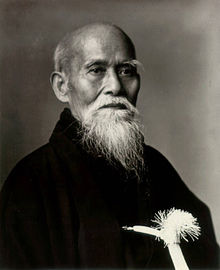Ambitious
Ever since I can remember, it’s been my ambition to make a difference to the software industry at large. And not just do a good job for individual clients or employers.
I work with clients – and occasionally, employers – to help them, of course. But my main focus is on better understanding the domain of software development – and business, too – at the organisational and industry level, and to share that understanding with as many folks as are interested.
Don Quixote
I accept it’s a largely – if not entirely – quixotic ambition. And yet individuals have occasionally made a difference in other domains.
“Never doubt that a small group of thoughtful, committed citizens can change the world; indeed, it’s the only thing that ever has.”
~ Margaret Mead
Self-aggrandisement, kudos or fame is not my aim. Rather, even early in my career, I saw the frustration and suffering of fellow developers in positions of powerlessness, writing software that rarely if ever saw the light of day, rarely if ever making it into the hands of users, rarely if ever pleasing the folks for whom the software was intended. And having to cope with endless, senseless handicaps to getting anything done.
“Most of what we call management consists of making it difficult for people to get their work done.”
~ Peter Drucker
Even back then I was determined to do what I could to alleviate folks’ frustrations. To increase the likelihood of the fruits of their labours making it into “production”. Most developers I’ve ever met have shown a strong urge – we might say need, even – to make a positive difference in the world, albeit mostly through software features or products.
What could be more quixotic than wanting to help developers (and more recently, other software folks, such as managers and executives) who seem to not want to help themselves?
– Bob


